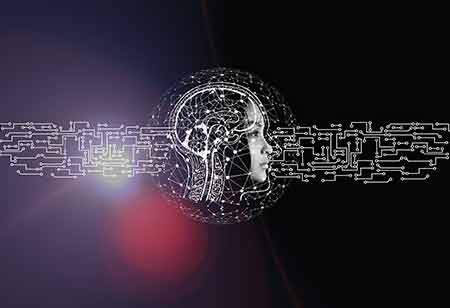THANK YOU FOR SUBSCRIBING
Be first to read the latest tech news, Industry Leader's Insights, and CIO interviews of medium and large enterprises exclusively from Education Technology Insights
How Implementation of Technology in Classroom Helps Students

By
Education Technology Insights | Tuesday, July 05, 2022
Stay ahead of the industry with exclusive feature stories on the top companies, expert insights and the latest news delivered straight to your inbox. Subscribe today.
Students can readily share and edit projects with one another using free online storage systems, fostering better overall collaboration in both the academic and professional spheres.
FREMONT, CA: Today's learners learn differently from how the educational system was initially, as the learning environment is more dynamic nowadays. Classrooms are being redesigned and reinvented to meet the shifting needs of modern digital learners as technology advances and remote learning becomes more popular. With the introduction of remote learning, many Higher Education institutions are substituting instructional technologies for traditional resources to keep up with their digital learning population. Below are the ways that help implement a student strategy that makes good use of technology in the Classroom and can boost student engagement and success rates.
More convenient access to information
Students can now locate information more quickly and correctly, thanks to advances in technology. Traditional textbooks are being replaced in part by search engines and e-books. Students can get one-on-one assistance through educational videos that are accessed at any time. Giving students a foundation in using these continuous learning tools enhances their future learning potential.
It makes studying more enjoyable
Students use technology in all parts of their lives outside of the Classroom. Technology in the Classroom may make learning more enjoyable and fascinating. Game-based learning (GBL) lets teachers offer lessons using interactive games and leaderboards. Keeping track of these activities is an excellent demonstration of organizational adaptability in action.
Teaches students about being responsible online
With the proliferation of social media sites, most students have become digital citizens. On the other hand, students can begin to learn how to be responsible in the digital world and with their digital behaviors by introducing technology into the Classroom. The class becomes a microcosm of the larger digital landscape in which students can practice communicating, searching, and interacting with other digital citizens.
Helps students to understand concepts via virtual tour
A teacher takes their students on a virtual tour of the White House's halls and history to help them connect with the actual world and understand better. Technology enables instructors to break down physical barriers in the Classroom, providing students with a chance to connect the academic curriculum with the real world and those areas of focus that can significantly enrich the student experience.
Students are prepared for the workforce
To prosper in the 21st-century workplace, students must know more than just how to use particular technological tools, such as electronic calendars, web pages, teleconferencing, electronic whiteboards, and so on. Institutions ensure that their students are more equipped for the modern workplace by incorporating these technologies into regular curricula and ongoing activities.







